Editor’s note: This story is part of a series of “What’s That Building?” stories this summer that focus on Chicago’s most iconic buildings.
Each of Chicago’s four major sports venues is iconic in its own right, from the historic colonnades and skyline backdrop of Soldier Field to the manual scoreboard and W flag of Wrigley Field.
But rather than detail each one individually for this series on icons of Chicago architecture, WBEZ’s Reset decided to look at the quartet of major sports venues as a single iconic presence in the city. What do they, together as a team, communicate about this city and living here?
Sports fandom is huge in Chicago.
“I’ve been to all the other [sports fan] cities, and I think it’s stronger here,” said Cheryl Raye-Stout, WBEZ’s sports contributor who has been covering Chicago sports on radio since 1982. “We’re still considered a blue-collar city, and sports is always something else you can think about to take your mind off work.”
Wrigley Field
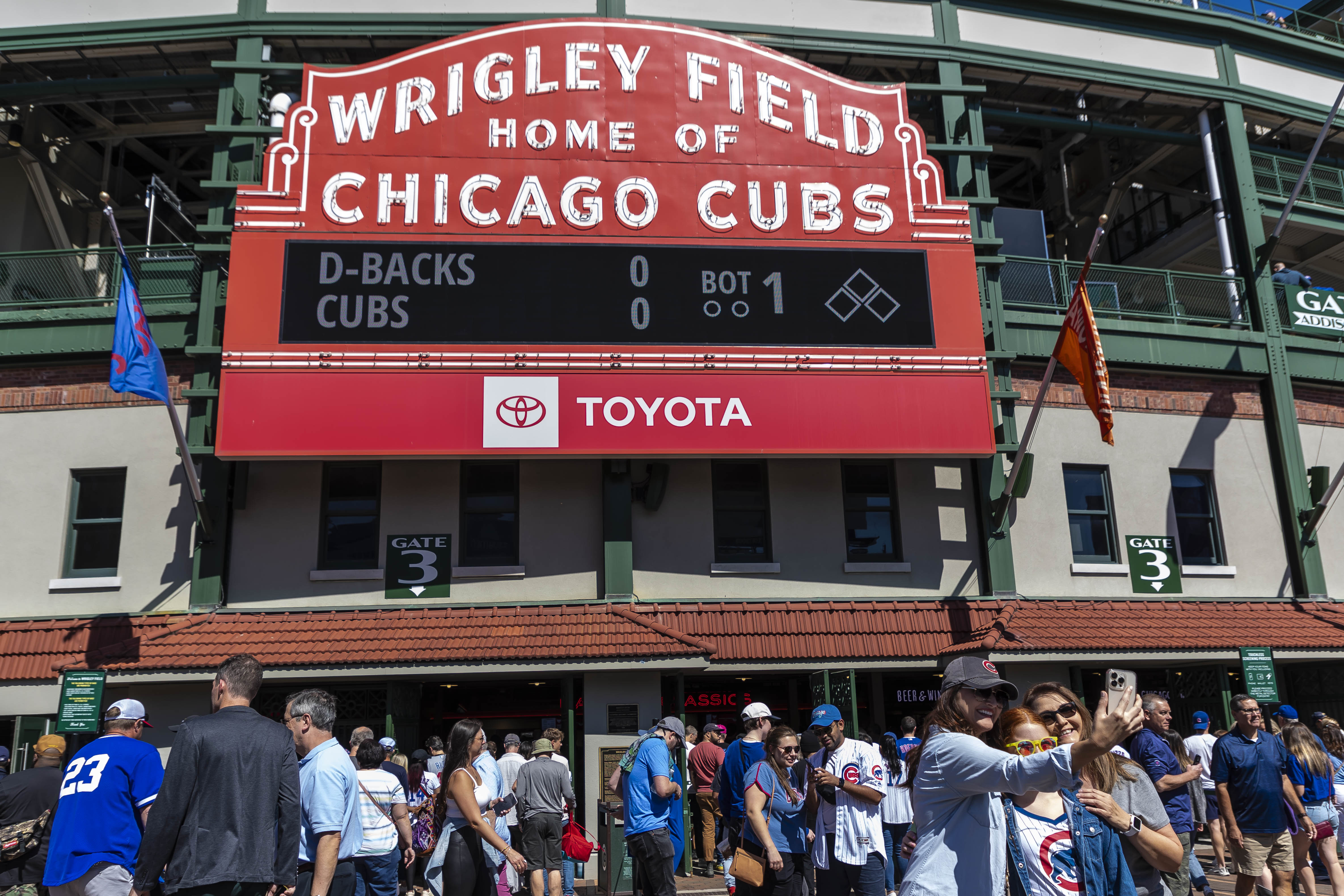
Built on the former site of a 19th-century seminary, Wrigley Field opened in 1914 as Weeghman Field, home of the Chicago Federals (later the Chicago Whales). That team failed, but in 1916 owner Charlie Weeghman and a group that included William Wrigley Jr. brought the Chicago Cubs to this stadium from their home on the city’s West Side, where the University of Illinois medical campus is now.
Designed by Zachary Taylor Davis, who was also the architect for the old Comiskey Park that has since been replaced, the Friendly Confines has had an estimated $740 million in renovations since the Ricketts family bought the Cubs in 2009.
Soldier Field
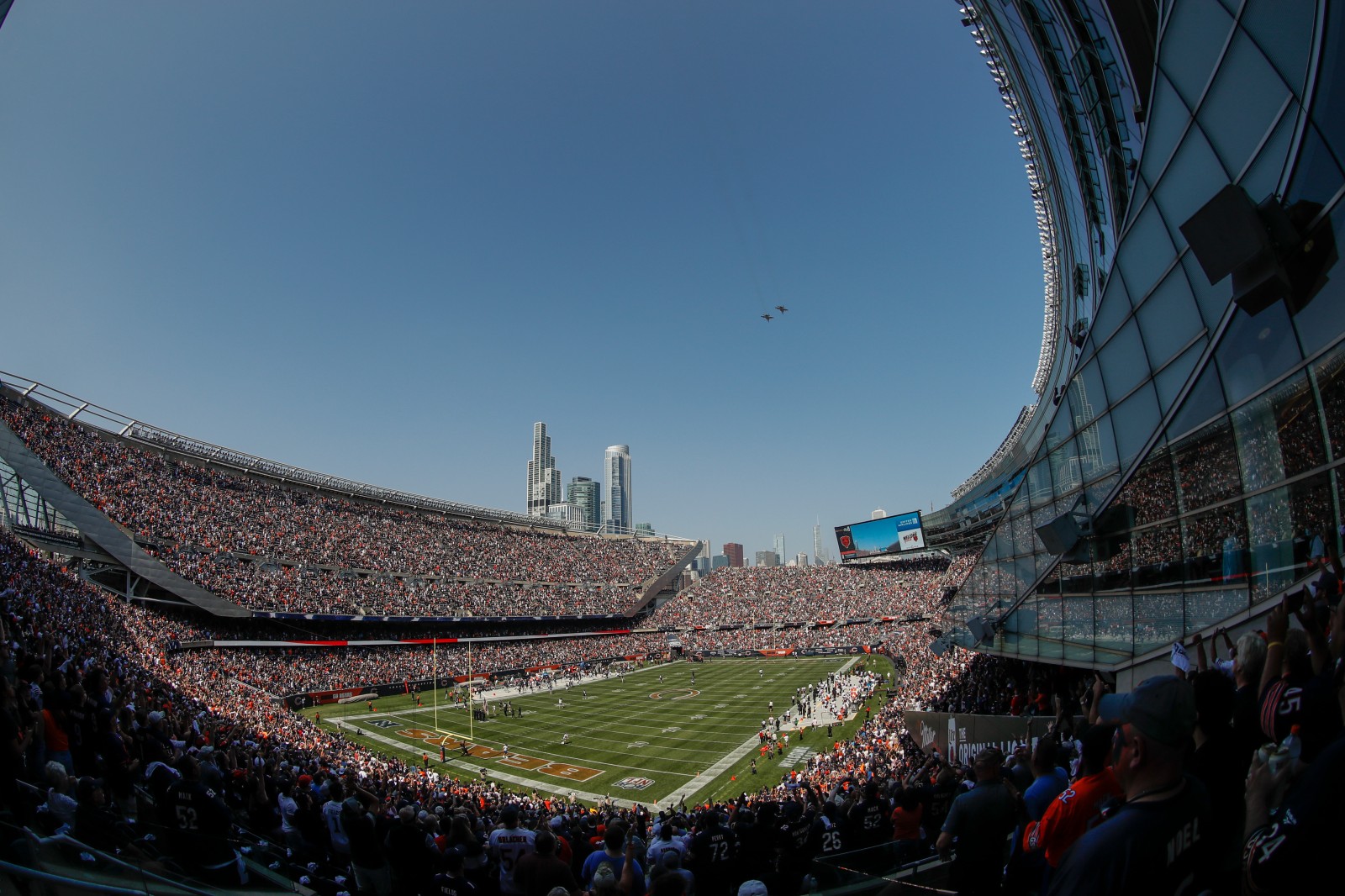
The temple-like rows of Doric columns across the east and west sides are the visible remains from the stadium that opened near the lakefront in 1924. Designed by the architecture firm Holabird and Roche, it was first called Grant Park Municipal Stadium and a year later changed to Soldier Field as a memorial to U.S. soldiers who died in World War I.
Best known as the home of the Chicago Bears since 1971, the stadium wasn’t built for football alone. Over the years, ski jumping contests, boxing matches, the Special Olympics, concerts and a 1933 pageant of Jewish history attended by 150,000 spectators have all used Soldier Field.
In the early 2000s, a $632 million redesign demolished most of the historical stadium and replaced it with a giant bowl of seats inside the colonnades. The design was by the Boston architecture firm Wood and Zapata, though people often mistakenly say it’s by Dirk Lohan, the grandson of Mies van der Rohe. Lohan’s firm did the master plan for the stadium and the area around it.
Guaranteed Rate Field
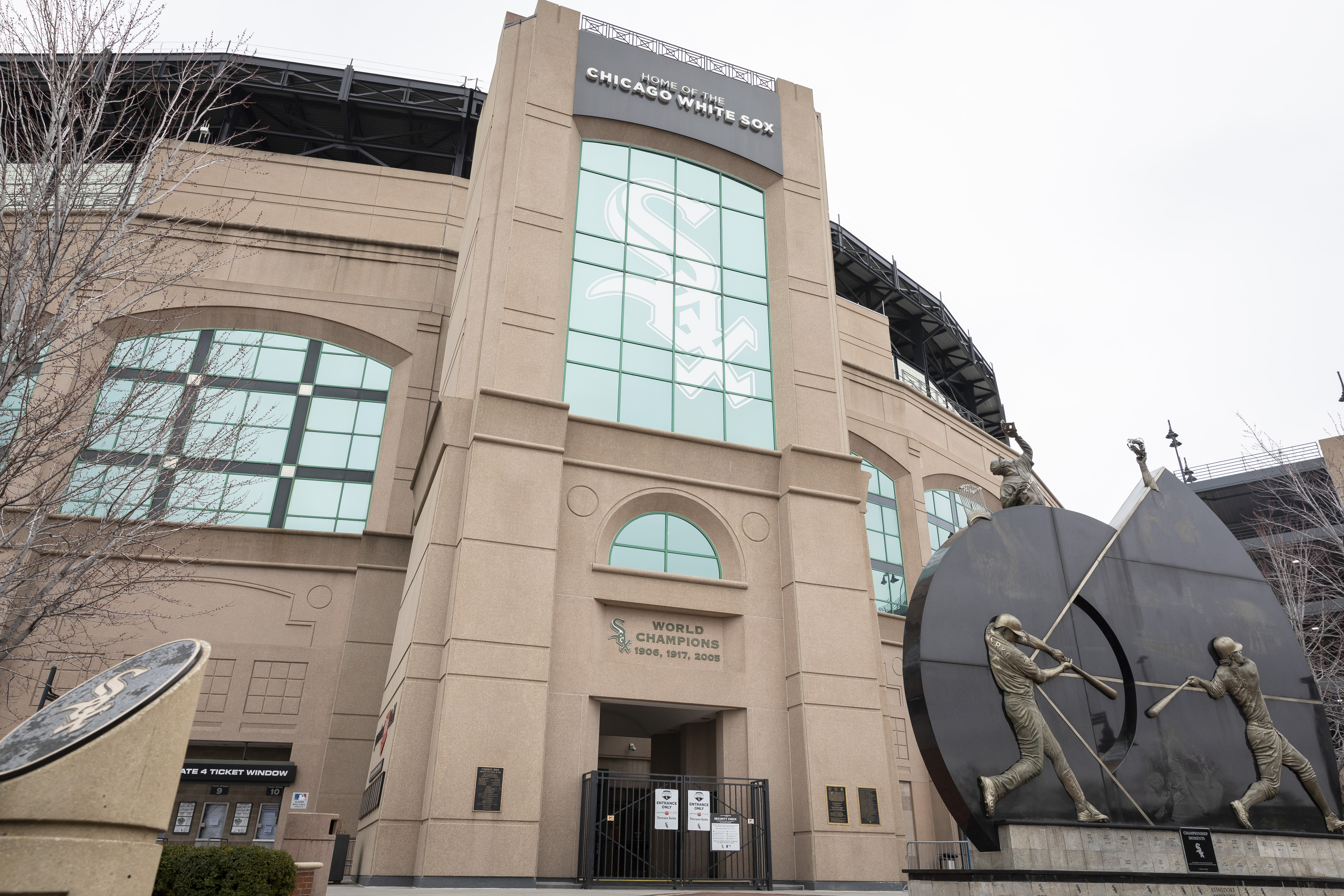
Though the home of the White Sox is only a little more than 30 years old, baseball has been played at or near its 35th Street site since 1884. It started at 39th Street and Wabash Avenue with the Chicago Browns playing in South Side Park. The second South Side Park was a few blocks west of there, followed by a move about four blocks north when White Sox Park opened in 1909. Later renamed Comiskey Park after team owner Charles Comiskey, the ballpark lasted until 1990.
The $137 million replacement was built across the street in 1991 and the old Comiskey demolished to make way for a parking lot. Designed by a St. Louis architecture firm called HOK, it opened as Comiskey Park, but the sale of naming rights made it US Cellular Field in 2003 and Guaranteed Rate Field in 2016.
United Center
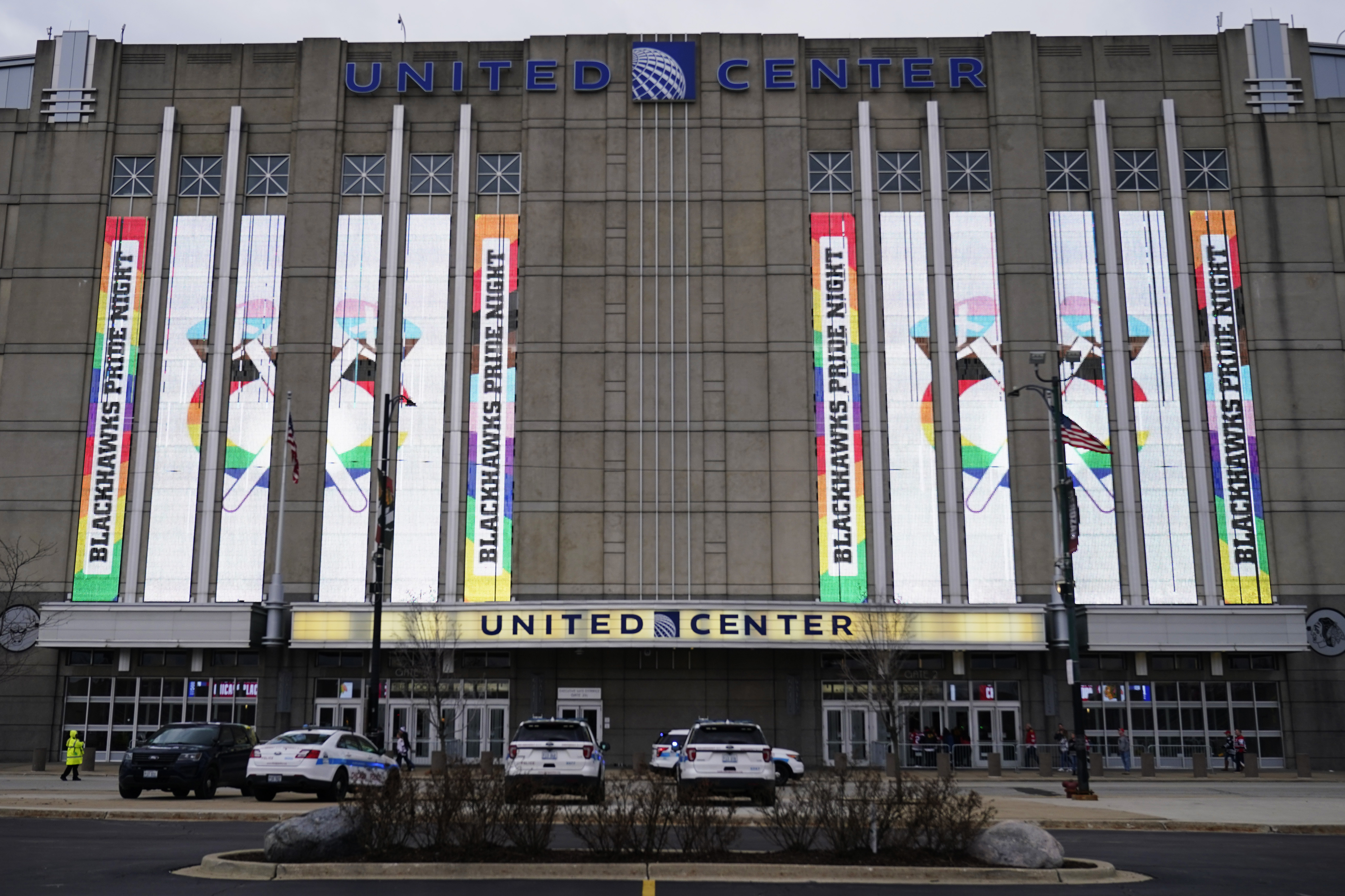
The United Center is the rare sports facility where the corporate sponsor’s name actually feels like a description of the place. When the owners of the Bulls and the Blackhawks were building their new facility together back in 1993, United Airlines bought the naming rights to a site that unites two teams.
The $175 million United Center designed by HOK replaced the Chicago Stadium. The stadium across Madison Street from its successor was home of the Blackhawks from the time it opened in 1929 and the Bulls from 1967 until both teams moved into the United Center in 1993. The United Center was the scene of the 1996 Democratic convention and will be again in 2024.
What do these four structures have in common aside from having statues of some of their greatest (Michael Jordan at the United Center, Walter Payton at Soldier Field)?

“All four stadiums are inside the city, all the teams play in the city,” Raye-Stout said. “That’s unique. Look at New York. Their football teams play in New Jersey.”
The New York Giants and the New York Jets play in Rutherford, New Jersey’s MetLife Stadium. New York has nine teams playing major sports, but only five of them play within city limits, including the Brooklyn Nets, the one team not called “New York.” Los Angeles has eight teams, half of them playing outside city limits. That includes the Los Angeles Rams and the Los Angeles play in SoFi Stadium in Inglewood.
Out of the three largest cities in the U.S., only Chicago can say all its major teams play in the city.
At least, we can say that for now. The Bears have famously been making plans to leave for Arlington Heights, and at least four other suburbs including Naperville and Waukegan have offered to take them in. A few weeks ago there was talk the White Sox might go to the suburbs or to Nashville, though team chairman Jerry Reinsdorf denied those rumors.
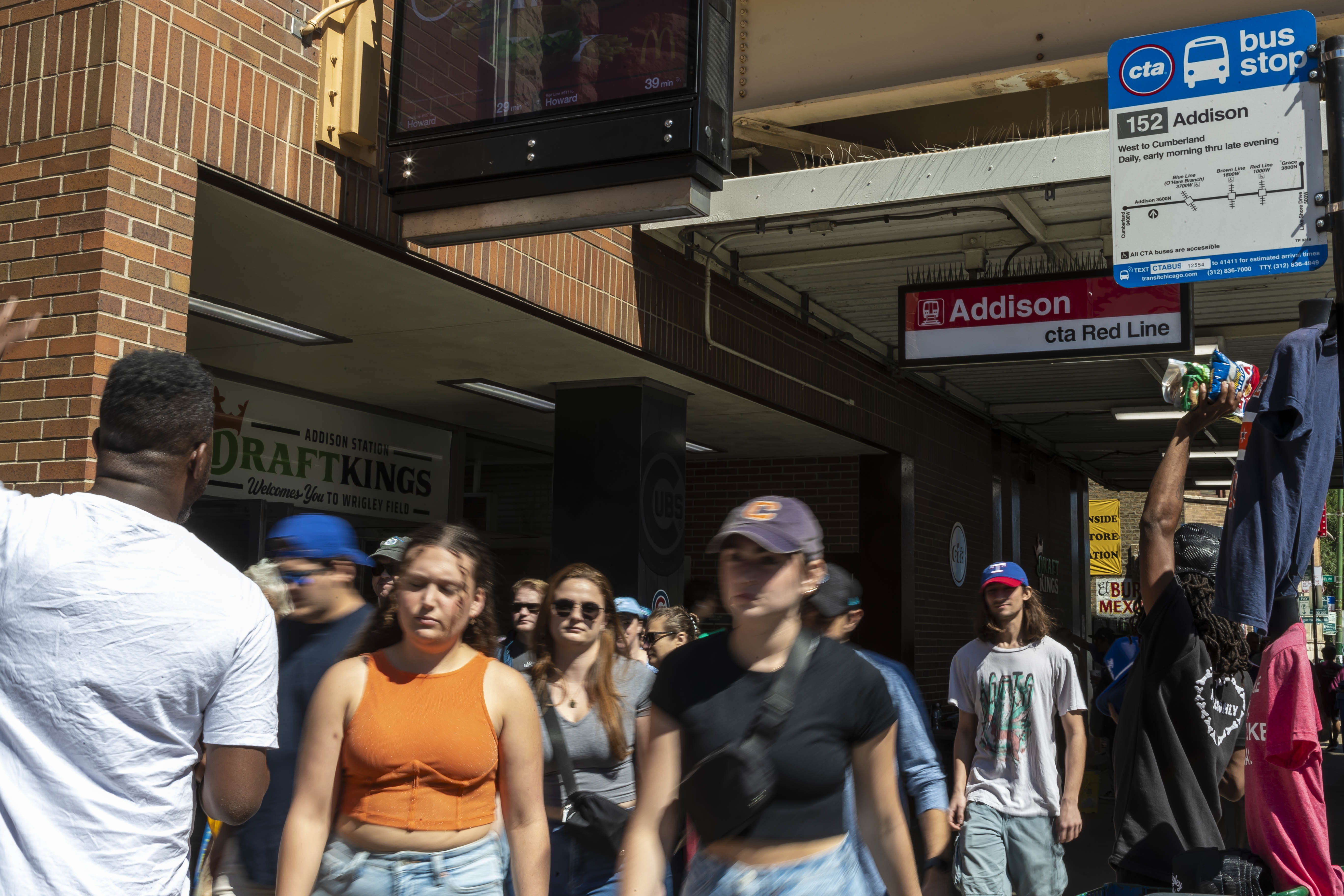
But for now teams in five major sports all play inside the city, and Raye-Stout points out that you can get to them all by transit. It’s easier to get to the two baseball parks that way; they both have CTA stops just outside their grounds, but Soldier Field is a stop on the Metra Electric on game days and the Blue Line stops two blocks from the United Center.
Dennis Rodkin is the residential real estate reporter for Crain’s Chicago Business and Reset’s “What’s That Building?” contributor. Follow him @Dennis_Rodkin.
K’Von Jackson is the freelance photojournalist for Reset’s “What’s That Building?” Follow him @true_chicago.



